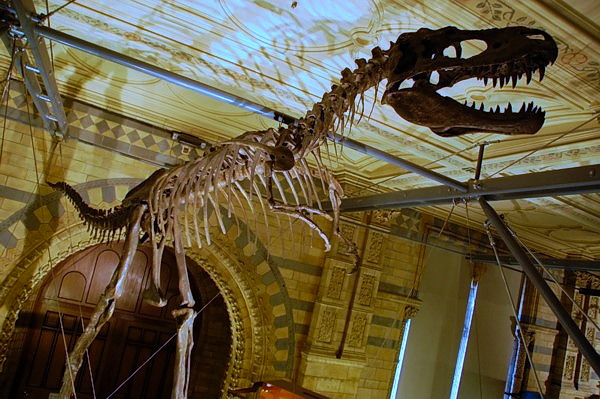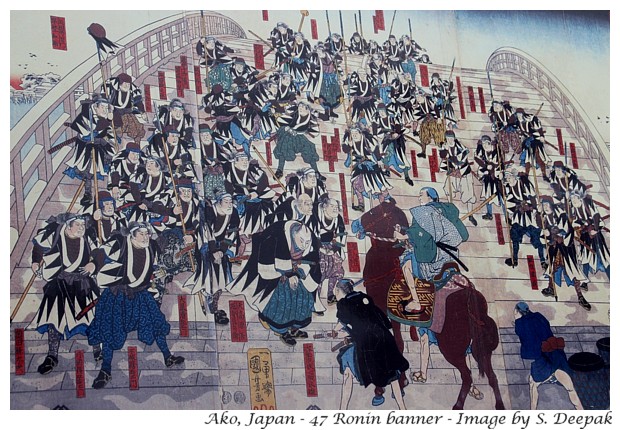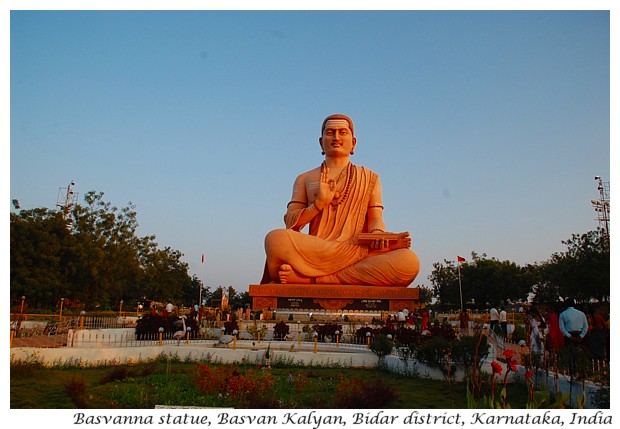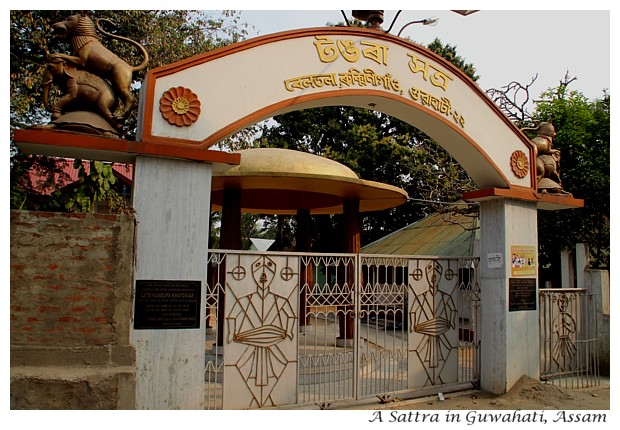Reading this book reminded me of a visit to a museum in Bologna some years ago, as well as, of discussions about dinosaur bones in the Gobi desert in Mongolia. Friends had told me that in Mongolia and China, people used to believe that the dinosaur bones were dragon-bones, and were used as medicines by traditional healers.
This post is about Tracy Chevalier's book, as well as about discovery of fossils in medieval Bologna. It is a kind of a rambling post about how scientific discoveries are inter-connected and can change the way we see the world around us. Let me start with Chevalier's book.
The book is set in the coastal town of Lyme Regis in south England. The tiny town of Lyme has been the backdrop of many books, including "Persuasion" by Jane Austen and "French Lieutenant's Woman" by John Fowles. It is a fiction-book based on real persons, who lived there in the 19th century. On her website, Chevalier provides the following background to her decision to write this book:
Remarkable Creatures
Chevalier is a British author of American origins who writes historical novels. She became famous with her book "The girl with the pearl earring" in 1999 while "Remarkable Creatures" came out in 2009.The book is set in the coastal town of Lyme Regis in south England. The tiny town of Lyme has been the backdrop of many books, including "Persuasion" by Jane Austen and "French Lieutenant's Woman" by John Fowles. It is a fiction-book based on real persons, who lived there in the 19th century. On her website, Chevalier provides the following background to her decision to write this book:
A few years ago I went with my son to a small dinosaur museum in Dorchester, on the south coast of England. Among the usual displays, there was a wall devoted to Mary Anning, who lived in the early 19th century in the nearby town of Lyme Regis, where fossils are abundant. The display showed a sketch of Mary on the beach, holding a hammer and wearing a top hat to protect her from falling rocks. At age 12 she discovered the first complete specimen of an ichthyosaur, a marine reptile about 200 million years old
The book starts with the friendship between the two women - the 12 years old Mary Anning from a working class family and a resigned-to-spinsterhood, Elisabeth Philpot. Mary searches for the fossils on the coast to sell them to the tourists. Elisabeth has been sent to live in Lyme, as her brother has decided to get married and his wife does not wish to share the house with his sisters. In Lyme, Elisabeth discovers her love for the fossils and old bones, and in the process, recognises the genius of Mary in finding them.
A dinosaur skeleton, now displayed in the Natural History museum in London, discovered by Mary Anning, plays a key role in the story. I love that museum and have been there a few times (2 of the images used in this post are from that museum). However, before reading this book, I had no idea about Mary Anning and the role she had played in discoveries of the dinosaur skeletons in England.
Book's Themes
The story is set in the early 19th century England, a period when class distinctions were still strong and the society did not accept friendships between persons of different classes. It was also a period when women were much lower in the hierarchy compared to the men - they did not have any independent rights and were dependent upon the men of their families for all decisions. It was a period when religious orthodoxy dominated and was hard to challenge.It was a period of transition, where the finding of fossils was problematic as it raised issues for which the answers inevitably led to a questioning of religious dogmas. The Bible said that God had made the creation over a period of 6 days and all creatures made by God were perfect. The fossils and dinosaurs did not fit into this narrative because they implied that some creatures had existed in the past and had become extinct. The church negated these suppositions which did not fit the theory of creationism.
In that period, only men were supposed to be discoverers and scientists while women like Mary or Elisabeth were not supposed to be one. Thus, men interested in the fossils and old bones of giant animals (the word dinosaur had not yet been coined), took the knowledge and specimens from Mary and showed them off as their own finds. The book concludes as the first fissures apear in this male-dominated construction of the scientific world and Mary becomes known as the person who understands fossils much better than anyone else.
It is a gentle book, focusing on the social milieu as well as, on the inner lives of its female protagonists, and is very easy to read. There are parts of the story, like the man who had duped Mary suddenly discovers his noble side, which are a little unconvincing but overall the book is informative and enjoyable. Even Jane Austen makes a fleeting appearance in the story. For me, the most interesting parts of this book are those where the process of finding the fossils and the beginning of slow understanding about their origins are described.
Aldrovandi & Geology
Reading about fossils reminded me of a naturalist from medieval Bologna in Italy. In a recent article by Lawrence Wright in the New Yorker, Bologna is described as "the giant churches, the red-tiled roofs, the marble walkways under arched porticoes; a stately city, low-slung, amber hued, full of students and indomitable old couples. During the Middle Ages, Bologna was home to more than a hundred towers, the skyscrapers of their era, which served as show-places of wealth and ambition for powerful oligarchs. Two of the remaining ones have become symbols of Bologna: one slightly out of plumb, the other as cockeyed as its cousin in Pisa."This article touches on the social transformations brought about by the pandemic of black death (plague) in the 14th century and proposes that the pandemic had led to the period of Italian Renaissance and to a new way of understanding the world. It asks what kind of the transformations will be stimulated by the present Covid-19 pandemic and in which ways those will shape our future world.
One of the key figures of 16th century Bologna who had contributed to the scientific transformation of Renaissance was the naturalist Ulisse Aldrovandi. He was born in Bologna in 1522. Leonardo da Vinci had died a couple of years earlier while Michelangelo had yet to start painting the Sistine chapel. Thus, we were in the middle of Italian Renaissance period. It was also the time when the Spanish inquisition had already started and it was easy to be accused of being a heretic. In fact, Aldrovandi himself was imprisoned for about a year and a couple of decades after his death, in 1633 Galileo was sentenced to life-imprisonment for suggesting that the earth was not the centre of the universe and it revolved around the sun.
Aldrovandi had suggested that nature had to be looked at as "juxta propria principia", that is without religious or metaphysical conditioning. Among the objects collected by Aldrovandi were some seashells found in the mountain expeditions. This raised questions in his mind about how those sea creatures had reached the mountains? The Biblical justification to these findings was in the story of universal floods and Noah's ark. These made him think critically about the study of different layers of earth and how it was composed of different kinds of rocks and minerals. In his testament written in 1604, he used the word "geology" for the first time to indicate "the study of earth".
Some diaries of Leonardo da Vinci have also been found, where he had written about the finding of seashells and fish-fossils in the mountains. One of his hypothesis was that at some point in the earth's history, the mountains had been at the bottom of some sea. Thus, while Bible imposed certain beliefs regarding the creation of the world, and inquisition awaited persons who questioned those beliefs, persons already had other ideas, which contradicted Bible's idea of creationism.
Poggi museum of Bologna holds the Aldrovandi collection and includes the collection of "Diluvianum Museum" created in early 1700 by another local naturalist, Giuseppe Monti. It presented the fossils as part of the objects created by the Biblical floods (Diluvianum). The wall paintings of this room show those floods as imagined by the artists (an example in the image below).
One of the key figures of 16th century Bologna who had contributed to the scientific transformation of Renaissance was the naturalist Ulisse Aldrovandi. He was born in Bologna in 1522. Leonardo da Vinci had died a couple of years earlier while Michelangelo had yet to start painting the Sistine chapel. Thus, we were in the middle of Italian Renaissance period. It was also the time when the Spanish inquisition had already started and it was easy to be accused of being a heretic. In fact, Aldrovandi himself was imprisoned for about a year and a couple of decades after his death, in 1633 Galileo was sentenced to life-imprisonment for suggesting that the earth was not the centre of the universe and it revolved around the sun.
Aldrovandi had suggested that nature had to be looked at as "juxta propria principia", that is without religious or metaphysical conditioning. Among the objects collected by Aldrovandi were some seashells found in the mountain expeditions. This raised questions in his mind about how those sea creatures had reached the mountains? The Biblical justification to these findings was in the story of universal floods and Noah's ark. These made him think critically about the study of different layers of earth and how it was composed of different kinds of rocks and minerals. In his testament written in 1604, he used the word "geology" for the first time to indicate "the study of earth".
Some diaries of Leonardo da Vinci have also been found, where he had written about the finding of seashells and fish-fossils in the mountains. One of his hypothesis was that at some point in the earth's history, the mountains had been at the bottom of some sea. Thus, while Bible imposed certain beliefs regarding the creation of the world, and inquisition awaited persons who questioned those beliefs, persons already had other ideas, which contradicted Bible's idea of creationism.
Poggi museum of Bologna holds the Aldrovandi collection and includes the collection of "Diluvianum Museum" created in early 1700 by another local naturalist, Giuseppe Monti. It presented the fossils as part of the objects created by the Biblical floods (Diluvianum). The wall paintings of this room show those floods as imagined by the artists (an example in the image below).
Thus, it was not only Mary Anning and Elisabeth Philpot, but countless others including Androvandi and Monti, who had started to explore the world with new eyes and to question it, which had created the foundations which had led to Darwin's theory of evolution and forced the church to change its position on creationism. In "Strange Creatures", Elisabeth tentatively proposes that the "6 days of creation" of the Bible could have been 6 eras of creation.
Conclusions
Often, specific scientific ideas are associated with names of specific persons. For example, the theory of evolution is linked with the name of Charles Darwin. However, as this post shows, scientific advances do not come out of a vacuum, basic knowledge which contributes to them is the work of countless others who are not remembered by the history books.So much of history and society is taken for granted. Like the discoveries of fossils, dinosaurs and the Darwin's theory of evolution - we accept all of these almost uncritically.
Art and literature can play an important role by reminding us how and in which conditions those discoveries took place and their human costs. That understanding helps us to look at the past in a more realistic way, so that we can understand better where we have reached and where we are going.
*****
#dinosaurs #tracychevalier #bookreview #remarkable_creatures









































